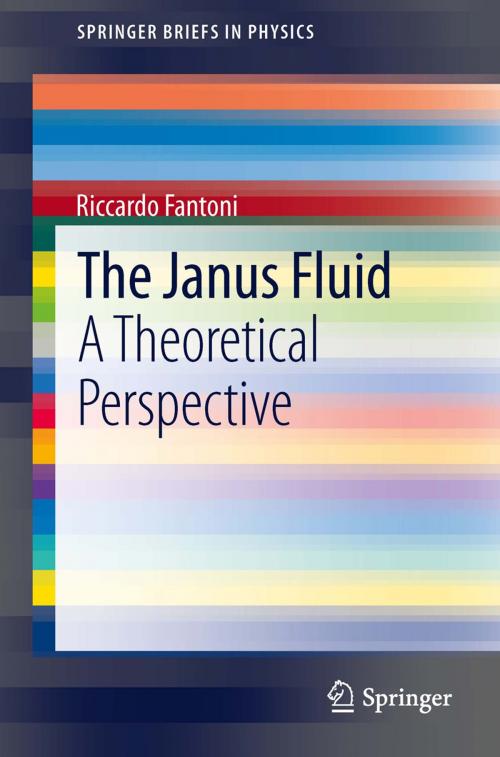The Janus Fluid
A Theoretical Perspective
Nonfiction, Science & Nature, Science, Physics, Mechanics, General Physics| Author: | Riccardo Fantoni | ISBN: | 9783319004075 |
| Publisher: | Springer International Publishing | Publication: | May 16, 2013 |
| Imprint: | Springer | Language: | English |
| Author: | Riccardo Fantoni |
| ISBN: | 9783319004075 |
| Publisher: | Springer International Publishing |
| Publication: | May 16, 2013 |
| Imprint: | Springer |
| Language: | English |
The state-of-the-art in the theoretical statistical physics treatment of the Janus fluid is reported with a bridge between new research results published in journal articles and a contextual literature review. Recent Monte Carlo simulations on the Kern and Frenkel model of the Janus fluid have revealed that in the vapor phase, below the critical point, there is the formation of preferred inert clusters made up of a well-defined number of particles: the micelles and the vesicles. This is responsible for a re-entrant gas branch of the gas-liquid binodal. Detailed account of this findings are given in the first chapter where the Janus fluid is introduced as a product of new sophisticated synthesis laboratory techniques. In the second chapter a cluster theory is developed to approximate the exact clustering properties stemming from the simulations. It is shown that the theory is able to reproduce semi-quantitatively the micellization phenomenon.
The state-of-the-art in the theoretical statistical physics treatment of the Janus fluid is reported with a bridge between new research results published in journal articles and a contextual literature review. Recent Monte Carlo simulations on the Kern and Frenkel model of the Janus fluid have revealed that in the vapor phase, below the critical point, there is the formation of preferred inert clusters made up of a well-defined number of particles: the micelles and the vesicles. This is responsible for a re-entrant gas branch of the gas-liquid binodal. Detailed account of this findings are given in the first chapter where the Janus fluid is introduced as a product of new sophisticated synthesis laboratory techniques. In the second chapter a cluster theory is developed to approximate the exact clustering properties stemming from the simulations. It is shown that the theory is able to reproduce semi-quantitatively the micellization phenomenon.















